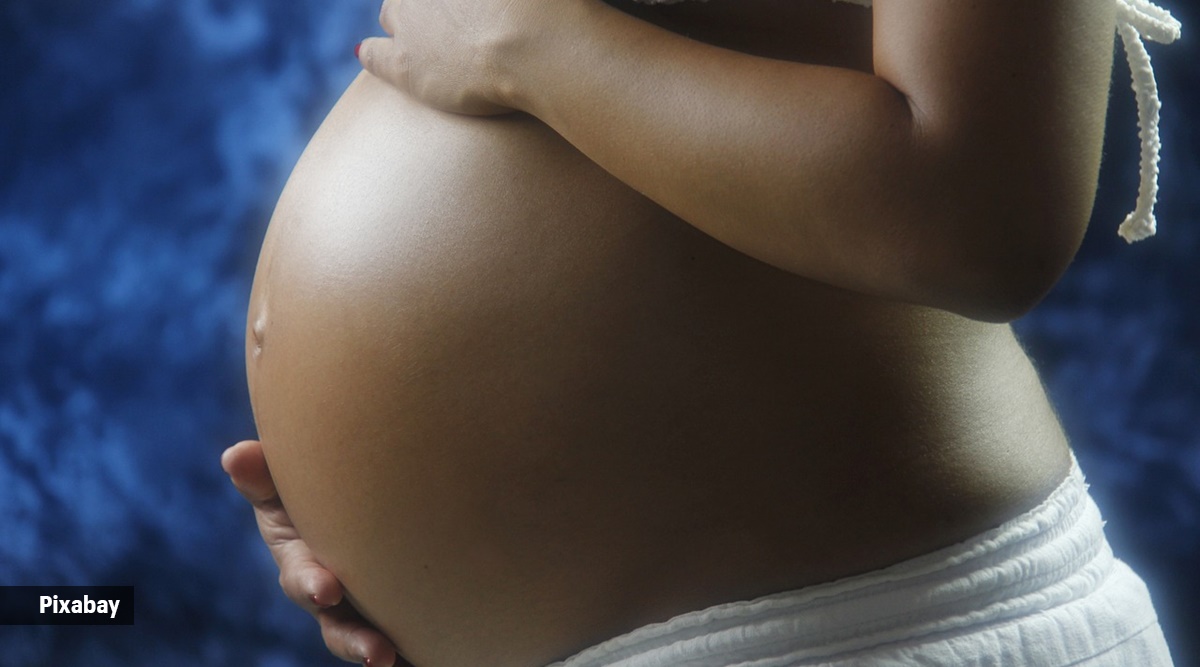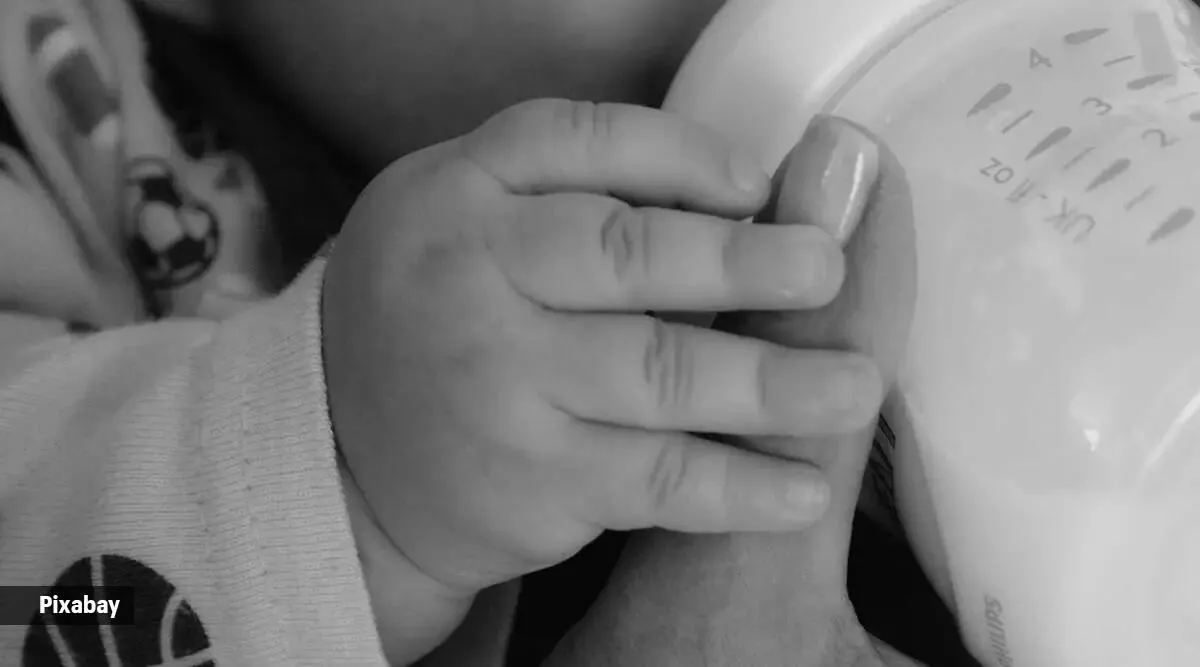In a rare case that has come to light, a baby girl has been born in Rajasthan with 26 fingers — seven fingers in each hand and six toes in each leg. While according to reports, her family hailed her as an incarnation of a goddess, doctors note it as a genetic medical condition called polydactyly.
News reports further state that the baby girl’s mother, Sarju Devi, a 25-year-old woman, was eight months pregnant when she went into labour and delivered the child. While the newborn has 26 fingers, she is born healthy, reports claim.

Let’s understand more about the genetic anomaly.
Causes and severity
Typically inherited and characterised by small and malformed extra digits, this condition runs in families, explained Dr Preethika Shetty, consultant obstetrician, and gynaecologist, Motherhood Hospitals, Kharadi, Pune.
The severity can vary. Some people may just have a little additional finger, while others may have completely developed extra fingers or toes. “Humans and many animal species can have polydactyly. It can run in families and is frequently brought on by hereditary causes,” said Dr Shobha Gupta, medical director and IVF specialist, Mother’s Lap IVF Centre New Delhi and Vrindavan.
Dr Shetty said that typically, the extra fingers may be undersized and exhibit abnormal development, consisting of either skin and soft tissue, or skin, soft tissue, and bone (but without a joint), or skin, soft tissue, and bone (with a joint). “These extra fingers can be found on the side of the pinky finger and on the side of the thumb,” she added.
 It is counted as a genetic disorder (Source: Pixabay)
It is counted as a genetic disorder (Source: Pixabay)
According to Dr Shetty, as an embryo grows inside its mother’s womb, the hand undergoes a remarkable transformation from resembling a paddle to developing separate fingers. “If this transformation takes longer than usual, one finger may split into two, resulting in an extra finger. The cause behind this additional division remains unclear for many children with polydactyly.”
How is it screened?
Additionally, polydactyly can also occur as a part of various medical syndromes. “The doctor will determine if your baby has polydactyly either through prenatal ultrasound or after birth. He or she will examine your child’s hands and feet for any additional digits and diagnose the specific type of polydactyly,” said Dr Shetty.
Most Read 1As Indo-Canadian relations sour, anxiety grips Indian students, residents who wish to settle in Canada 2Jawan box office collection day 13: Shah Rukh Khan film to pass Rs 900 crore globally, just days away from overtaking Pathaan 3Farida Jalal recalls the time when Amitabh Bachchan-Jaya Bachchan were dating: ‘They would pick me up at night, we would go for long drives’ 4Gadar 2 box office collection day 40: Hit by Shah Rukh Khan’s Jawan onslaught, Sunny Deol movie ends BO run with Rs 45 lakh earning 5Pre-wedding shoot of Hyderabad cop couple goes viral, commissioner cautions against such acts without permission
An X-ray of the affected hand and foot may be necessary. “The standard treatment approach is decided by the paediatrician as per the baby ‘s clinical situation,” Dr Shetty mentioned.
If additional fingers cause functional or cosmetic problems, surgical intervention may be undertaken to remove or repair them, said Dr Gupta.
Also ReadWhat happens to the body if you eat yoghurt every day?What happens to the body if you eat dried fruits every day?What happens to the body when you give up milk for a month?US woman loses all four limbs after eating fish contaminated with Vibrio …
Prevention and management
Polydactyly is difficult to prevent because it is mostly a genetic disorder. “However, families with a history of polydactyly or other genetic disorders may benefit from genetic counselling. A genetic counsellor can tell people about the possibility of passing the disorder on to future generations and assist them in making well-informed choices regarding family planning,” said Dr Gupta.Also Read | Orthorexia nervosa: When healthy eating becomes an unhealthy obsessionFor some families with a known genetic risk for polydactyly, prenatal genetic testing might be a possibility. “In the end, decisions regarding management or prevention should be taken after consulting with genetic counsellors and medical professionals,” Dr Gupta concluded.
📣 For more lifestyle news, follow us on Instagram | Twitter | Facebook and don’t miss out on the latest updates!
© IE Online Media Services Pvt Ltd


